Cookbooks
The Good Book Cookbook
Not a lot of nouvelle or fusion or fast-food cuisine in this volume. (Read it here.)I did a search for "locusts" within the book, but no recipes, with honey or otherwise. However, you can source them here, at Biblical Protein.
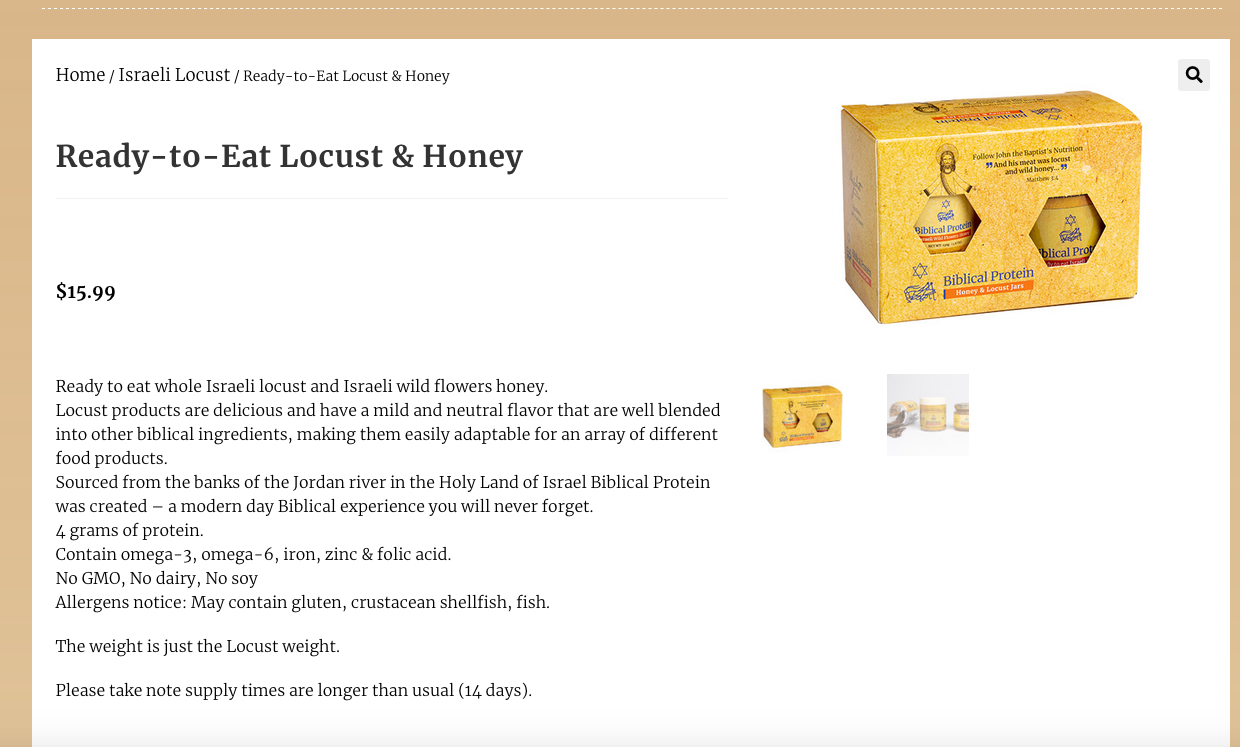
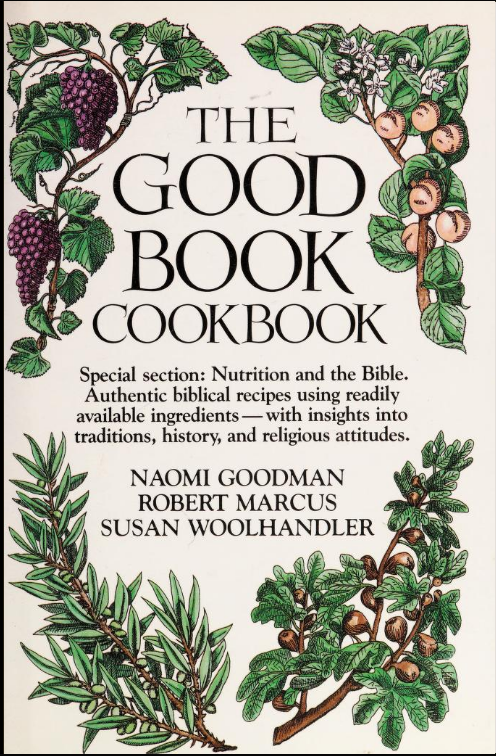
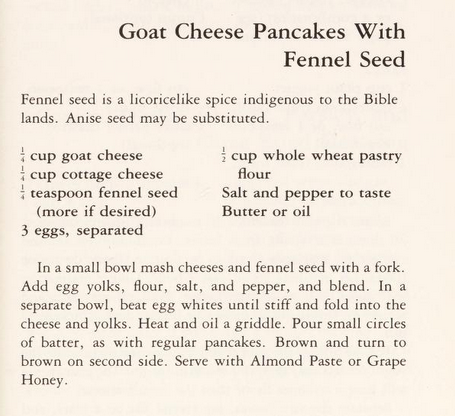
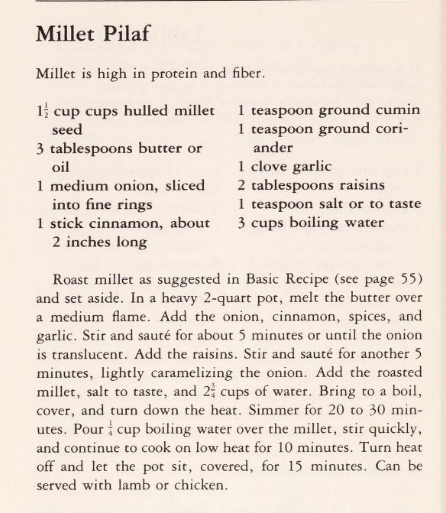
Posted By: Paul - Wed Jun 22, 2022 -
Comments (0)
Category: Food, Nutrition, Cookbooks, Religion, 1980s
Cooking for Witches
Read it here. Samples below.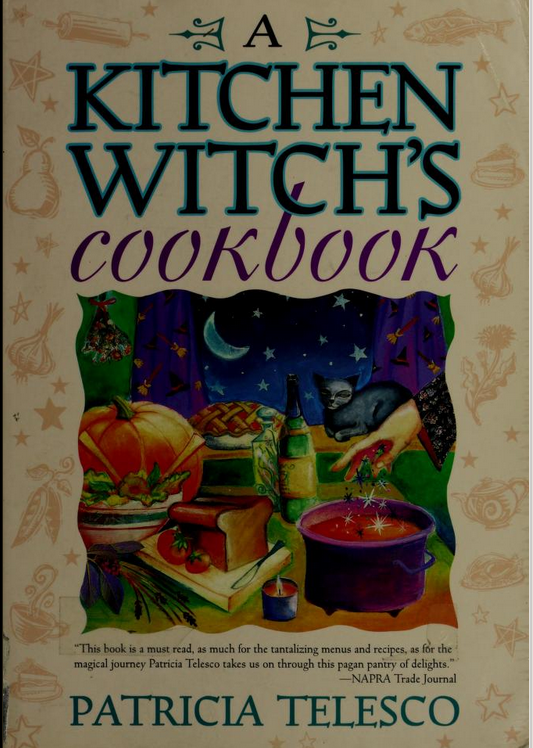
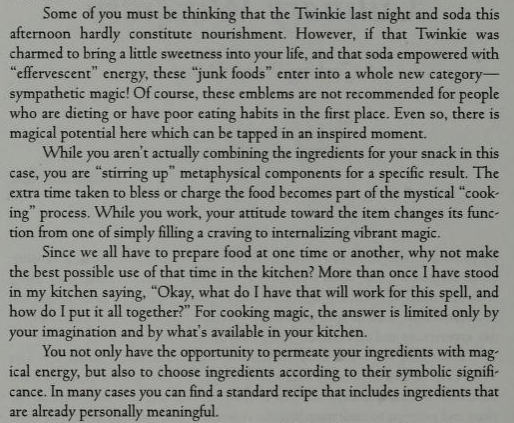
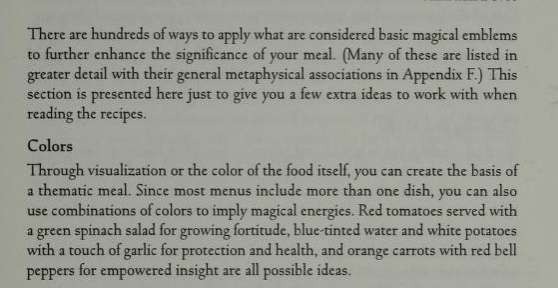
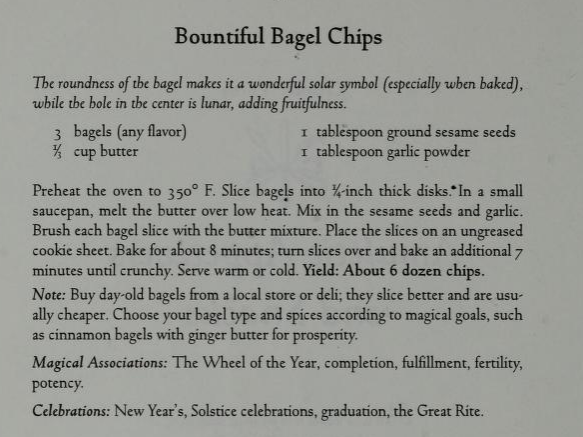
Posted By: Paul - Thu Feb 03, 2022 -
Comments (2)
Category: Domestic, Food, Cookbooks, Supernatural, Occult, Paranormal
Psychic Delights Cookery
Read it here.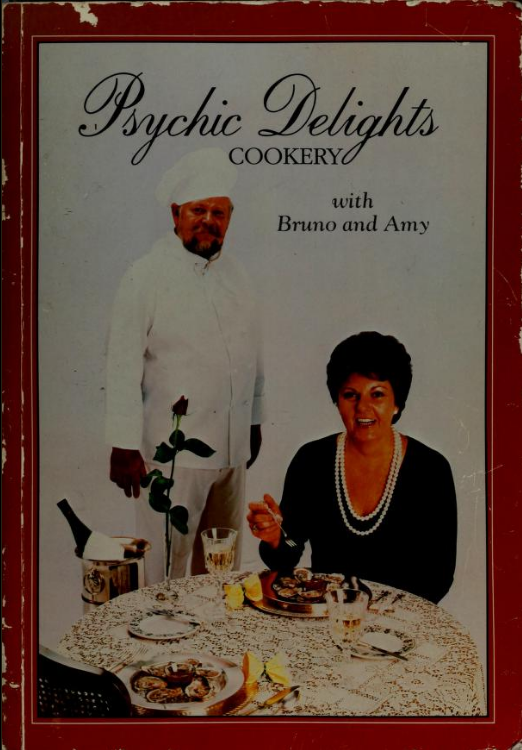
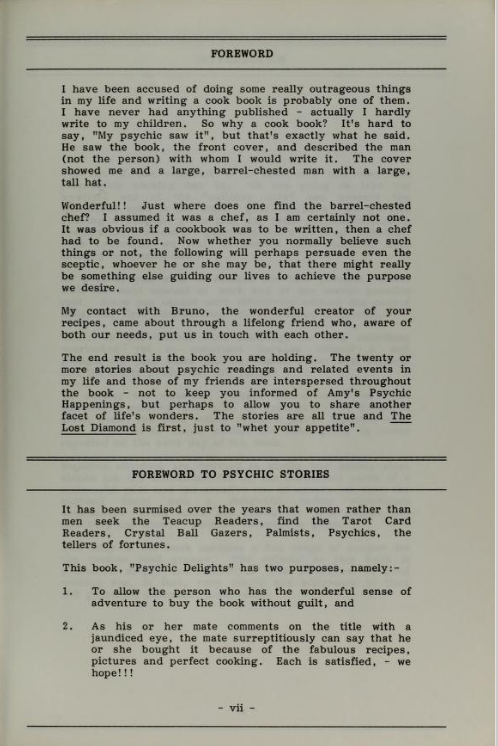
Posted By: Paul - Mon Dec 20, 2021 -
Comments (1)
Category: Supernatural, Occult, Paranormal, Cookbooks, 1980s
Fancy Feast Recipes for Humans
Another odd cookbook: Cat-food maker Fancy Feast has released a book of recipes for humans. As explained in the book's introduction:Apparently anticipating that few people would be willing to buy this cookbook, they've posted it online as a free downoad.

Posted By: Alex - Thu Apr 15, 2021 -
Comments (4)
Category: Food, Cookbooks, Cats
The American Airlines Recipe Book
We recently posted about the American Airlines Wine Club, which allows people to enjoy wines served inflight at home. Turns out that in 1994 the company did something similar with its airline food, publishing a recipe book so that people could "prepare their inflight favorites at home". It was titled A Taste of Something Special.The book was given to frequent fliers, rather than being sold to the public. But you can now download a pdf of the entire thing via Michigan State University Library.



Yonkers Herald Statesman - Feb 8, 1996
Posted By: Alex - Wed Apr 14, 2021 -
Comments (8)
Category: Food, Cookbooks, Air Travel and Airlines, 1990s
Recipes for Cooking Domestic Rabbit Meat
During World War II, as the country faced meat rationing, the U.S. Government decided to promote rabbit meat as an alternative to beef and chicken. As part of this effort, the Department of the Interior released a pamphlet, "Recipes for Cooking Domestic Rabbit Meat". It included recipes such as "Rabbit Chop Suey," "Vagabond Stew," and "Wartime Rabbit Casserole". The pamphlet noted:
Entrepreneur Martin French of Los Angeles must have had visions of the rabbit-meat market taking off. In 1940, he received trademark protection for "Bunnyburger" — his ground rabbit meat business.

I'd like to think that, in some alternative reality, the government's plan worked and it's possible to go into a McDonald's and order a McBunny with Cheese.
Posted By: Alex - Thu Feb 18, 2021 -
Comments (8)
Category: Food, Cookbooks, 1940s
How to eat your Christmas tree
Artisan baker Julia Georgallis recently came out with a book that promises to tell you How To Eat Your Christmas Tree.
Amazon Link
That sounds like an interesting challenge. Unfortunately, as far as I can tell, the book doesn't tell you how to eat the entire tree. Instead, it's mostly about using the needles and bark in recipes.
But some searching on YouTube produced a video that delves into how to eat the entire tree. The catch is that to do so you'll need to pulp the wood and transform it into cellulose powder. Which is probably beyond the means of most people. But the video notes that cellulose powder derived from spruce trees is in many products, including parmesan cheese, pasta sauce, and ice cream. So almost everyone has eaten (highly processed) Christmas trees already.
Posted By: Alex - Fri Jan 15, 2021 -
Comments (2)
Category: Food, Cookbooks, Christmas
Cooking for your cat… and you
For those who want to share meals with their cat, Skyhorse Publishing has a cookbook of recipes that both humans and felines can eat.I don't think freshly caught mouse is included, even though I'm pretty sure that's what the cat would prefer.
Amazon link

Posted By: Alex - Fri Nov 06, 2020 -
Comments (2)
Category: Food, Cookbooks, Books, Cats
Cooking with God
Poe's Law, loosely paraphrased, states that it can be very difficult to tell the difference between parodies of extreme beliefs and sincere expressions of those beliefs.Confusion of this kind occurred with the 1976 cookbook Cooking With God. The authors, Lori David and Robert Robb, intended it to be, in all seriousness, a religious-themed cookbook. But due to the title, many people apparently assumed it was some kind of joke.
Recipes included Manna Honey Bread, Oasis Stuffed Eggs, Caravan Sweet Potatoes, and Eggs Bathsheba.
If you want a copy to add to your collection of weird cookbooks, you can pick one up used on Amazon for $6.95.
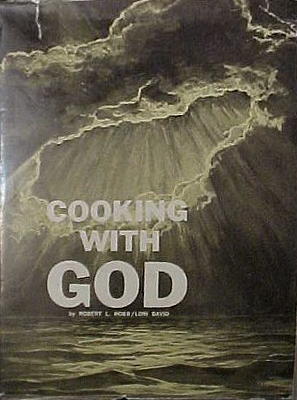
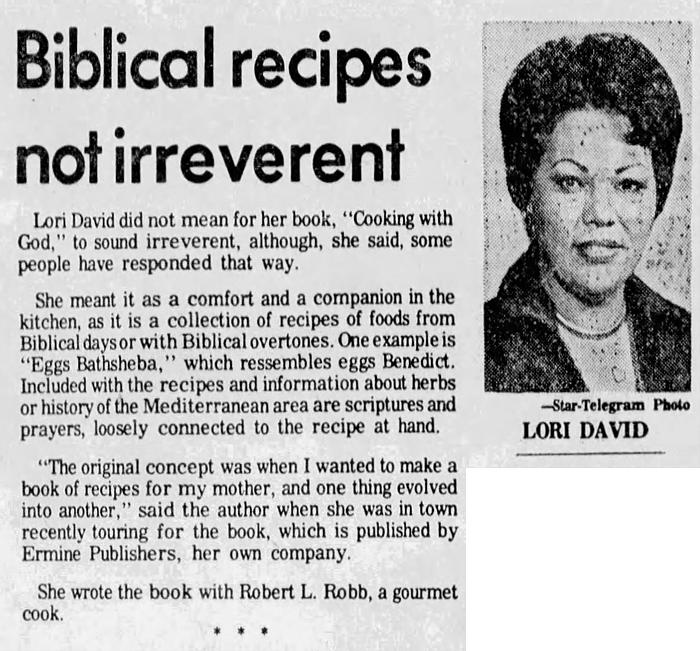
Fort Worth Star Telegram - Mar 16, 1977
Posted By: Alex - Wed Aug 05, 2020 -
Comments (5)
Category: Food, Cookbooks, Religion, Books
The Working Couple’s Cookbook
The gimmick of this cookbook, published in 1971, was that it was striking a blow for Women's Lib by offering instructions for what both HIM and HER could do to prepare a meal.From a review by James Boyett (pictured below):
While most of the tasks the man is required to accomplish require only the knowledge of how to use a rolling pin or knife, I will warn you now that a couple of the recipes require the man to cook the meat — steak, pork chops.
One recipe, heaven forbid, asks the better half to only lay the table and then relax—while the man is required to open a couple of cans and then slave over a hot stove while "she" sips the fruit of the vine and relaxes.
More info: Awful Library Books
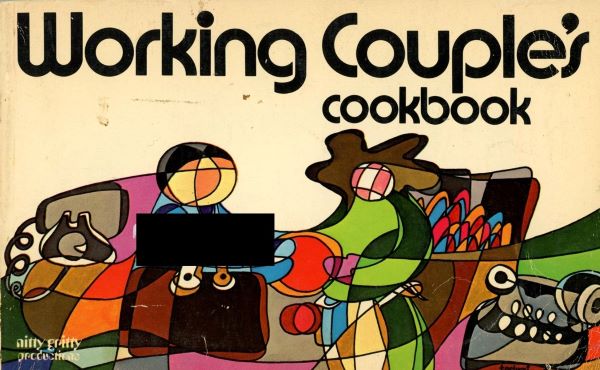
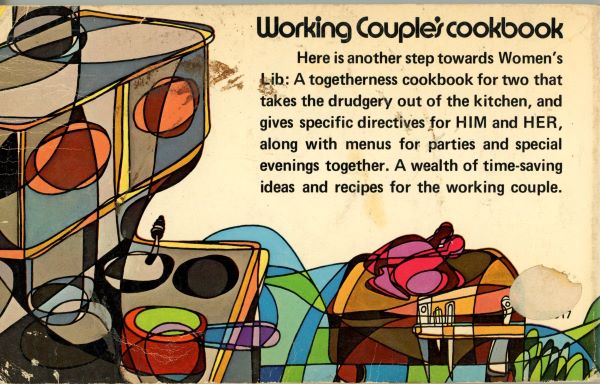
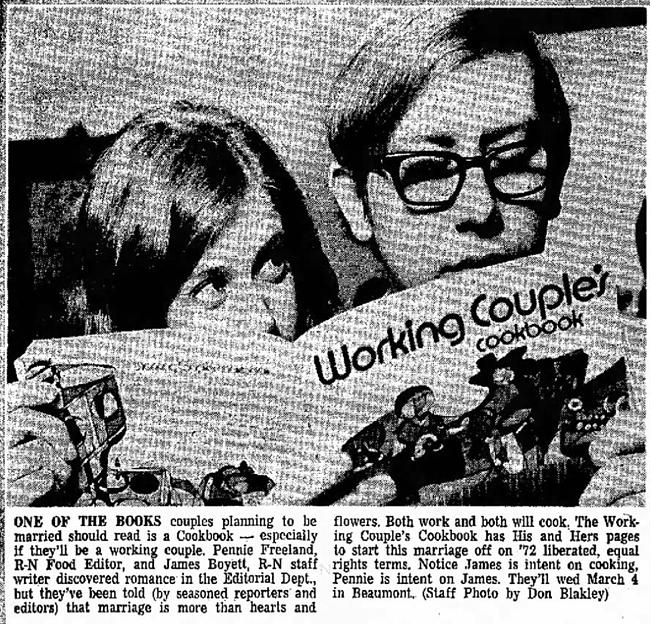
Abilene Reporter-News - Jan 23, 1972
Posted By: Alex - Thu Jul 16, 2020 -
Comments (4)
Category: Food, Cookbooks, Gender, Books, 1970s

| Who We Are |
|---|
| Alex Boese Alex is the creator and curator of the Museum of Hoaxes. He's also the author of various weird, non-fiction, science-themed books such as Elephants on Acid and Psychedelic Apes. Paul Di Filippo Paul has been paid to put weird ideas into fictional form for over thirty years, in his career as a noted science fiction writer. He has recently begun blogging on many curious topics with three fellow writers at The Inferior 4+1. Contact Us |




